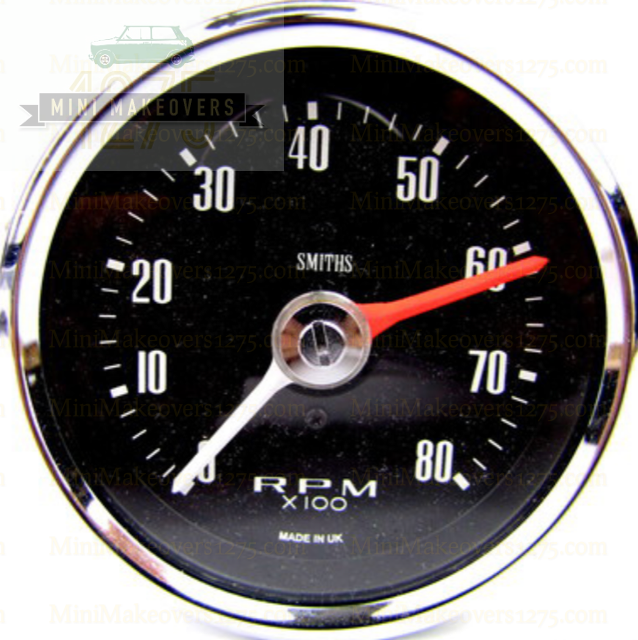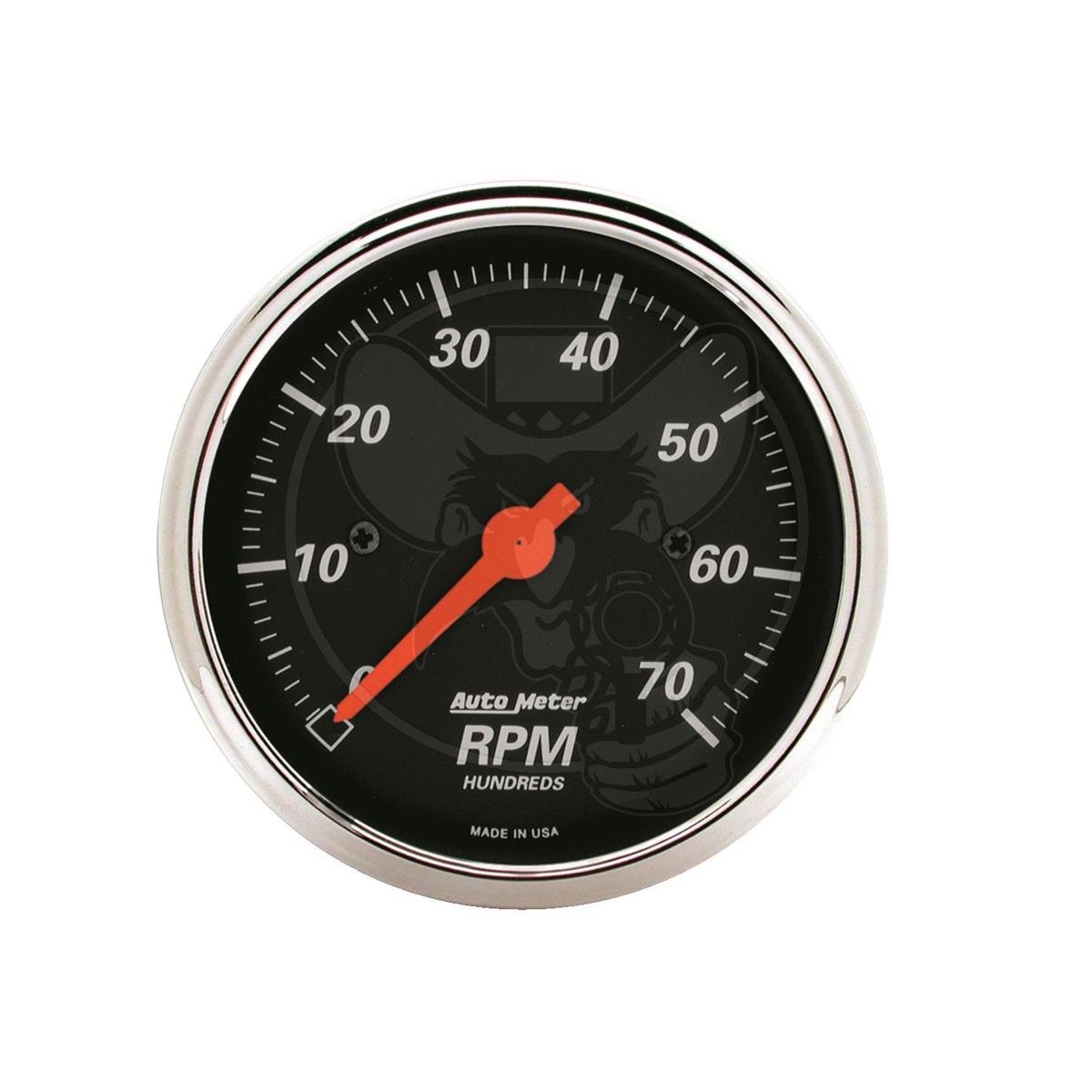Professional Tips for Maintaining and Adjusting Your Tachometer
Professional Tips for Maintaining and Adjusting Your Tachometer
Blog Article
The Value of a Tachometer in Keeping An Eye On Engine Speed and Performance in Automotive Applications
In the realm of vehicle design, the tachometer stands as a pivotal tool in the driver's toolbox, offering a direct window right into the inner functions of a vehicle's engine. Beyond its feature as a plain scale of changes per min (RPM), the tachometer serves as a vital tool for enthusiasts and specialists alike, using real-time understandings right into engine performance and wellness. Understanding the importance of this tool exceeds surface-level observations, delving into the complex partnership between engine rate, power outcome, and total driving experience. As we explore the complex role of the tachometer in auto applications, a deeper gratitude for its effect on vehicle dynamics and efficiency begins to arise.
Significance of Checking Engine RPM
Keeping track of engine RPM, or revolutions per min, is a critical aspect of automobile upkeep and performance examination. Engine RPM directly associates with the speed at which the engine's crankshaft revolves, indicating exactly how promptly the engine is running - tachometer. By checking RPM, auto mechanics can evaluate the health of the engine, find prospective issues, and fine-tune efficiency. An abnormal RPM analysis might signal troubles such as engine misfires, malfunctioning ignition system, or issues with the fuel shipment system. Regularly high RPM readings can show hostile driving practices or the requirement for a greater equipment shift to enhance fuel performance.
Furthermore, keeping track of engine RPM is vital for efficiency evaluation in racing and high-performance automobiles. Maintaining ideal RPM levels is vital for accomplishing peak power output and acceleration. Racers commonly utilize tachometers to ensure they are operating within the perfect RPM array for maximum performance. In summary, keeping an eye on engine RPM is not only crucial for identifying concerns yet additionally for maximizing engine efficiency in different automotive applications.

Benefits of Real-Time Information
In automotive applications, real-time data plays a crucial role in giving immediate understandings into the efficiency and condition of the lorry. By continuously monitoring numerous specifications such as engine speed, temperature level, fuel usage, and extra, real-time information supplies numerous benefits that contribute to enhanced effectiveness and safety when driving.
Furthermore, real-time information helps with performance optimization by giving prompt feedback on driving behaviors and engine efficiency. Drivers can adjust their habits in real-time based on this information to accomplish much better fuel economy and prolong the lifespan of their car.

Additionally, real-time data plays an essential role in contemporary vehicle diagnostics, enabling technicians to swiftly detect and attend to additional hints breakdowns. This leads to minimized downtime, lower maintenance costs, and inevitably, enhanced total lorry dependability and durability (tachometer). By utilizing the power of real-time data, vehicle stakeholders can make informed decisions that favorably influence both the performance and durability of the vehicle
Effect on Equipment Shifts
Reliable gear changes in auto applications substantially influence general performance and driving experience. The tachometer plays an essential duty in optimizing equipment shifts by offering real-time engine speed information to the chauffeur. When coming close to the redline on the tachometer, it indicates the chauffeur to upshift to stop over-revving the engine and creating possible damage. On the other hand, downshifting at the best minute can help preserve the engine in its power band, making sure responsive velocity when required.
Moreover, the tachometer help in achieving smoother equipment shifts, especially in manual transmissions. By keeping an eye on engine rate, vehicle drivers can execute gear changes at the ideal RPM range, reducing snagging activities and lessening wear on the transmission parts. This accuracy on duty adjustments not just boosts driving convenience yet additionally adds to sustain performance.
Enhancing Gas Efficiency
Offered the critical role the tachometer plays in optimizing gear changes for performance and engine health, it straight contributes to maximizing gas performance in automotive applications. By providing real-time comments on engine rate, the tachometer aids chauffeurs in preserving one of the most reliable RPM variety for gas economic situation. When chauffeurs regularly monitor the tachometer and readjust their driving behaviors accordingly, they can stay clear of unnecessary gas usage triggered by over-revving or more lugging the engine.
Additionally, the tachometer assists drivers identify one of the most fuel-efficient equipment to be in at any type of provided minute, avoiding the engine from working harder than necessary. This is specifically important throughout velocity and cruising, where remaining in the ideal equipment can significantly impact gas efficiency. In addition, the tachometer can inform chauffeurs to potential mechanical problems that can be adversely influencing fuel economic situation, such as a slipping clutch or a clogged up air filter. Finally, the tachometer offers as a beneficial device in enhancing gas performance by promoting ideal driving practices and identifying areas for enhancement in the vehicle's efficiency.

Optimizing Engine Long Life
The tachometer's duty in checking engine speed and performance contributes in making sure the long life of vehicle engines. By utilizing the tachometer effectively, motorists can optimize engine longevity via mindful RPM management. visit this website Consistently revving an engine also high can cause excessive damage on vital elements, such as the pistons, shutoffs, and bearings. Over time, this can result in lowered engine performance and prospective breakdowns. Keeping an eye on the tachometer permits drivers to remain within the advised RPM variety for their lorry, preventing unnecessary strain on the engine and expanding its lifespan.

Final Thought
Finally, the tachometer plays a critical role in keeping an eye on engine speed and efficiency in auto applications. By providing real-time information on RPM, it permits effective gear changes, boosted fuel effectiveness, and made the most of engine longevity. This device is vital for keeping optimum engine performance and guaranteeing the total capability of a vehicle.
Report this page